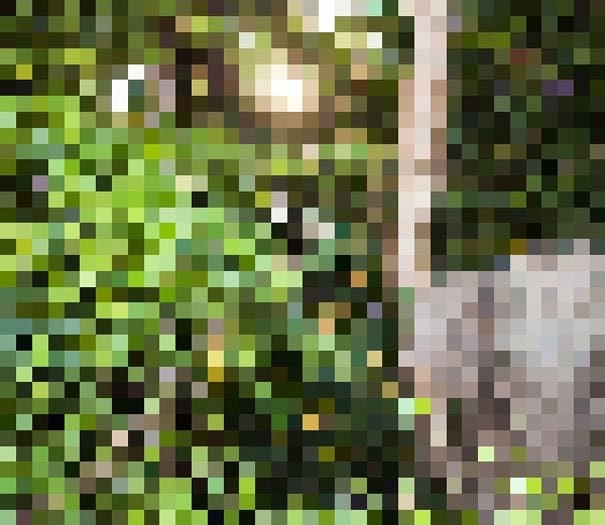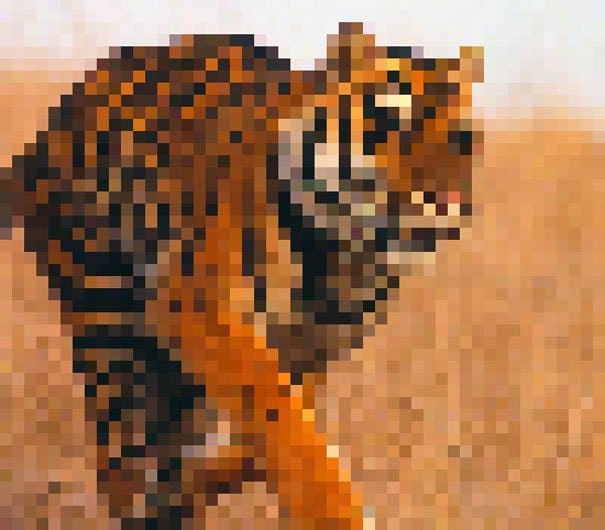A campaign by World Wildlife Fund (WWF) has resurfaced on social media thanks to a recent post on Reddit.
WWF Japan – Population by Pixel, as it was titled, aims to show how close different animal species are to extinction by how pixelated their images are. The images are made up of as many pixels as there are animals left of each respective species.
The campaign was created by agency Hakuhodo C&D / Tokyo and was developed by creative directors Nami Hoshino, Yoshiyuki Mikami, and designer Kazuhiro Mochizuki

Their thought-provoking and powerfully designed campaign inspired a follow up project by JJSmooth44, titled Every Pixels. Every Pixels shows a single animal and the more pixelated the image, the closer it is to extinction.
Sharing their work, JJSmooth44, wrote:
I did it as a programming challenge. I did it in python, but the code is very gross.
I only worried about the final product and not the readability/niceness of the code.

Some of the images, like that of the chimpanzee, are quite clear. At present there are between 172,700 and 299,700 chimps in existence, a high enough number of pixels to show a decent quality image.. However, this is a far cry from the likes of the Borneo pygmy elephant, which is impossible to make out with just an estimated 1,500 still in existence. The Amur Leopard image is purely pixelated with only 60 individuals left alive.
The collection featured a very distorted image of an African wild dog, of which there is only a reported 3,000 to 5,500.
The Amur tiger, can only roughly be made out the colours of the animal. There is believed to be just 450 Amur tigers remaining. By comparison, the Asian elephant is relatively clear to see with 40,000 to 50,000 still in existence.



Following is the Bengal tiger, which can only be made out by the colours of its fur, with just 2,500 believed to remain, meanwhile the black-footed ferret is nothing but a brown blur, with just 300 thought to be in existence. The Bonobo has between 10,000 and 50,000 of its kind, while the Bornean orangutan is estimated to have less than 69,000 remaining.
An image of a black rhino shows just 5,000 while the blue whale is believed to have between 10,000 and 25,000 still roaming our oceans.


The collection includes the eastern lowland gorilla (17,000), fin whale (50,000 – 90,000), Galapagos penguin (2,000), giant panda (1,864), green sea turtle (3,000 – 5,500), Hector’s dolphin (7,000), Indian elephant (20,000 – 25,000), Indochinese tiger (600 – 650), Indus River dolphin (1,100) and the Javan rhino (60).
The images show the heartbreaking reality of the plight of some of the world’s most incredible and iconic animals.
SOURCE: UNILAD
